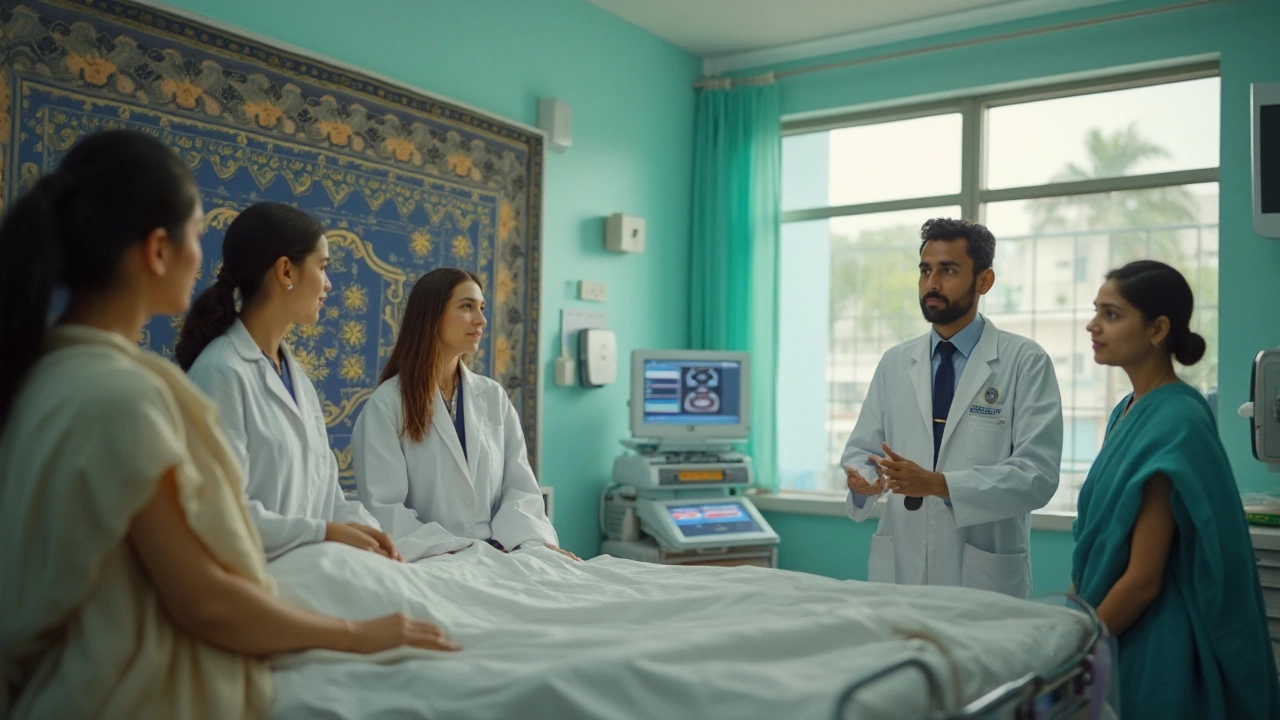Deadly Cancers: What Makes Them Lethal and How to Fight Back
When you hear the word “cancer,” you probably picture a scary disease that can strike anyone. But not all cancers are created equal—some are far more aggressive, spread faster, and hide longer before showing symptoms. Knowing which ones fall into the “deadly” bucket helps you stay alert, catch problems early, and make smarter health choices.
In India, the cancers that cause the highest death rates are pancreatic, lung, liver, and certain brain tumors like glioblastoma. These cancers often grow silently, making routine check‑ups the only chance to spot them before they get out of control. If you’ve ever wondered why a friend’s lung cancer seemed to progress so quickly, it’s because the lungs are constantly exposed to pollutants, smoking, and even indoor air toxins. The same principle applies to liver cancer, where alcohol, hepatitis infections, and aflatoxin‑contaminated food create a perfect storm.
Why Some Cancers Are More Dangerous
First, they tend to have a high metastatic potential. That means cancer cells break away early and travel through blood or lymph, forming new tumors in distant organs. Pancreatic cancer, for example, often spreads to the liver or lungs before patients feel any pain.
Second, many deadly cancers are hard to diagnose with standard imaging. Early‑stage pancreatic tumors are tiny and can hide behind the pancreas itself, while glioblastoma’s location in the brain makes surgical removal risky. This diagnostic difficulty leads to late‑stage discovery, which cuts treatment options dramatically.
Third, treatment resistance plays a big role. Some tumors develop mutations that render chemotherapy or targeted drugs ineffective. That’s why you’ll see headlines about “most painful cancer treatments” – the drugs that do work often come with severe side effects, and patients may have to endure multiple rounds of intense therapy.
Steps You Can Take Right Now
1. Know Your Family History: If close relatives had lung, liver, or pancreatic cancer, talk to your doctor about earlier screening. Genetic counseling can pinpoint inherited risks.
2. Screen Regularly: Low‑dose CT scans for long‑term smokers, ultrasound for liver health if you have hepatitis, and blood markers like CA 19‑9 for pancreas can catch trouble before symptoms appear.
3. Cut Exposure: Quit smoking, limit alcohol, and avoid processed foods that may contain aflatoxins. Even simple changes—like using air purifiers at home—reduce lung‑cancer risk.
4. Stay Active and Balanced: Regular exercise improves immune function and helps maintain a healthy weight, lowering the odds of several high‑risk cancers.
5. Ask About Symptoms: Persistent cough, unexplained weight loss, jaundice, or new headaches deserve a doctor’s look. Don’t wait for the pain to become unbearable; early intervention can shift a terminal outlook into a manageable one.
Finally, keep an eye on emerging research. Articles like “Which Cancers Are Not Curable?” and “Which Cancer Is Easiest to Survive?” show that survival rates are improving for some cancers thanks to better diagnostics and personalized medicine. Staying informed gives you a real advantage.
Deadly cancers are frightening, but they’re not unbeatable. By understanding why they’re dangerous and taking proactive steps, you give yourself—and your loved ones—the best possible shot at beating them.

Deadliest Types of Cancer: What Makes Some Cancers So Devastating?
Find out what makes some cancers the worst. Learn about deadliest cancer types, survival rates, symptoms, and real facts that matter if you're worried about cancer today.

Which Cancer Has the Lowest Survival Rate? A Deep Dive into the Harsh Realities
This article breaks down which cancers come with the lowest survival rates and why. It looks closely at factors that make some cancers tougher to beat, like detection timing and how they spread. You'll get key facts, real-world tips, and practical advice on spotting risks. The goal is to make sense of survival statistics and help readers understand where medicine stands in 2025. Stay informed to know the challenges—and the hope—in cancer treatment.

Understanding the Deadliest Cancers: Unveiling the Most Aggressive Types
Among the many forms of cancer, some stand out due to their aggressive nature and rapid progression. These include pancreatic cancer, small-cell lung cancer, and glioblastoma, each known for their challenging treatment processes and poor prognoses. Early detection and innovation in treatment are crucial in battling these formidable adversaries. It is essential to stay informed about symptoms and advancements in cancer treatment.

Toughest Surgeries for Orthopedic Recovery
Feb, 25 2025

Which Vitamins You Should Avoid Taking Together
Jan, 3 2025

Best Natural Herb for Your Health: A Deep Dive
Feb, 26 2025

